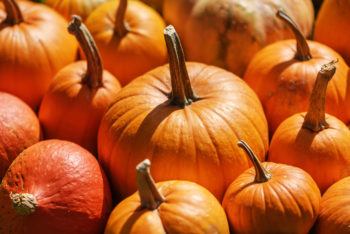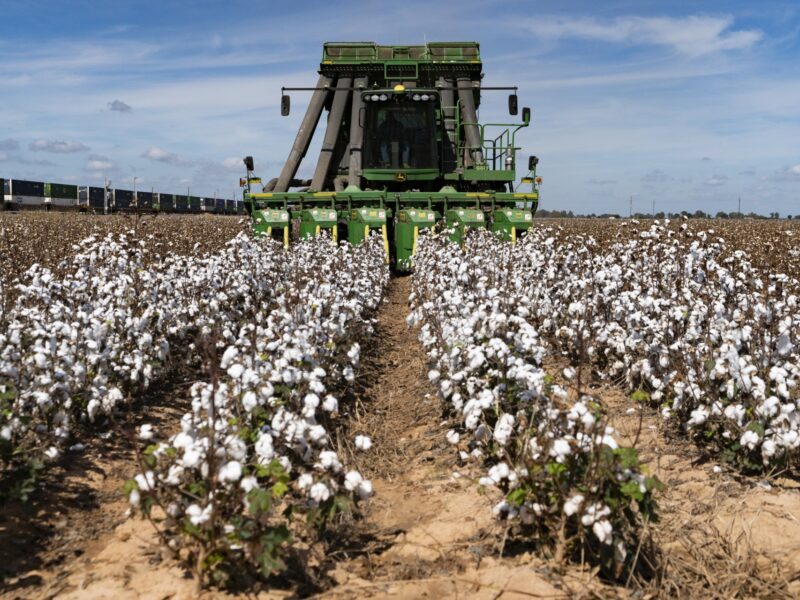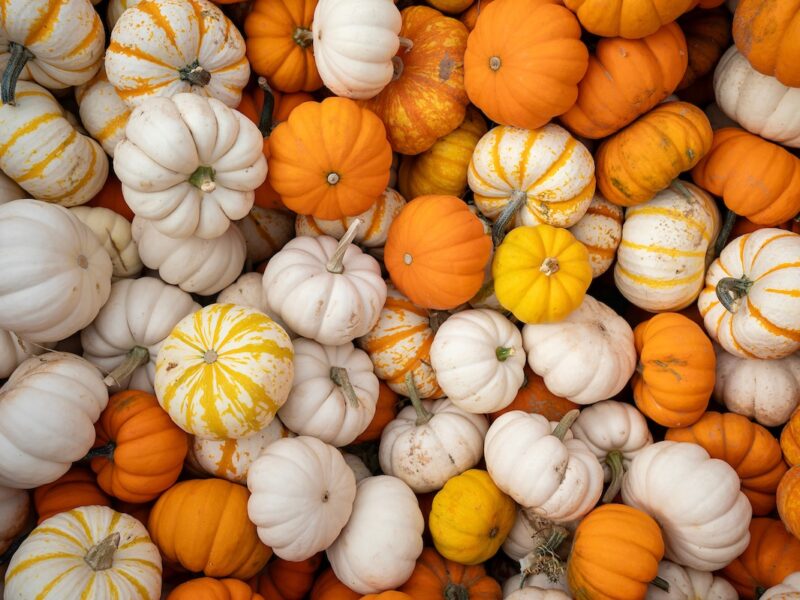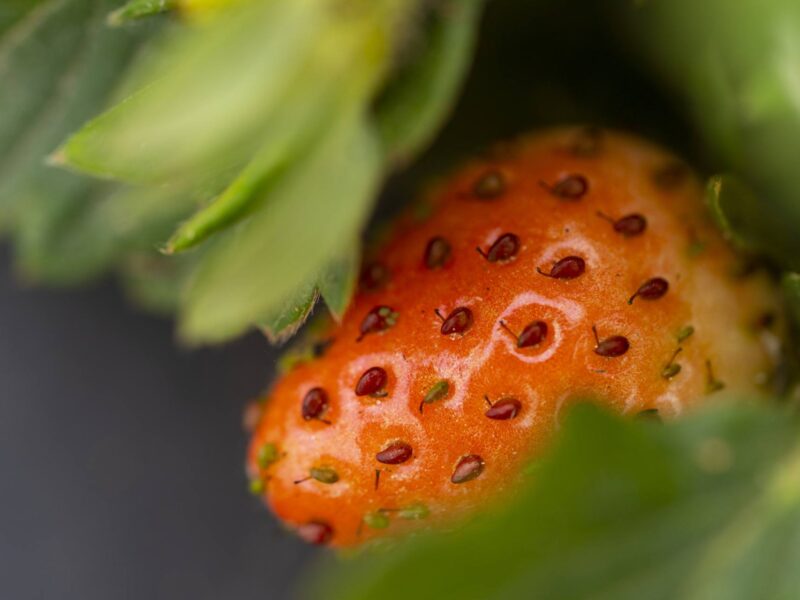Texas Pumpkin Yields Hurt By Heat And Drought

Texas pumpkin producers experienced another season of yields well below average, according to a Texas A&M AgriLife Extension Service expert.
Mark Carroll, AgriLife Extension agriculture and natural resources agent for Floyd County, said this year’s pumpkin production yields are down 20%-40% due to drought in areas where the bulk of Texas’ crop is grown.
Pumpkin Production
Producers in Floyd County, also known as the Pumpkin Capital of Texas, have started to wrap up the pumpkin harvest. Pumpkins were planted in early June, and they quickly noticed drought created tough growing conditions that contributed to extremely low yields for most varieties.
“This year’s production has been a mixed bag,” said Danny Nut, owner of DL Nut Farms in Floyd County. “Some varieties have produced their usual amount, but others were extremely low in quantity.”
Pumpkins usually do well in dry conditions if they can keep moisture in the soil around them through timely rainfall or irrigation systems. This year’s crop went six weeks without rain after mid-July, which was detrimental to production.
“DL Farms usually keeps drip irrigation over the pumpkins,” Nut said. “But this year, we decided to keep our crop irrigated with a pivot to try and keep up. It just couldn’t keep up.”
Irrigation systems could not compete with heat-related evaporation and meet plant moisture demand, which led to more pumpkins in the field that were not harvestable.
Pumpkin Market
While producers are dealing with production yields being down 20%-40%, they also must deal with the loss of pumpkins during shipping to wholesale markets.
Pumpkins produced in Floyd County are shipped across the state and nation, and producers are reporting increased fruit losses due to the extreme heat, which causes pumpkins to degrade in the trailers before they reach their destination.
“Producers have to replace the pumpkins that were lost once they arrive at the destination,” Carroll said.
With continued high demand, the low yields and heat-related shipping spoilage are likely to mean higher pumpkin prices compared to last year.
“Consumers should buy pumpkins as soon as they see them,” Carroll said.
This article by Randi Williams originally appeared on AgriLife Today.





